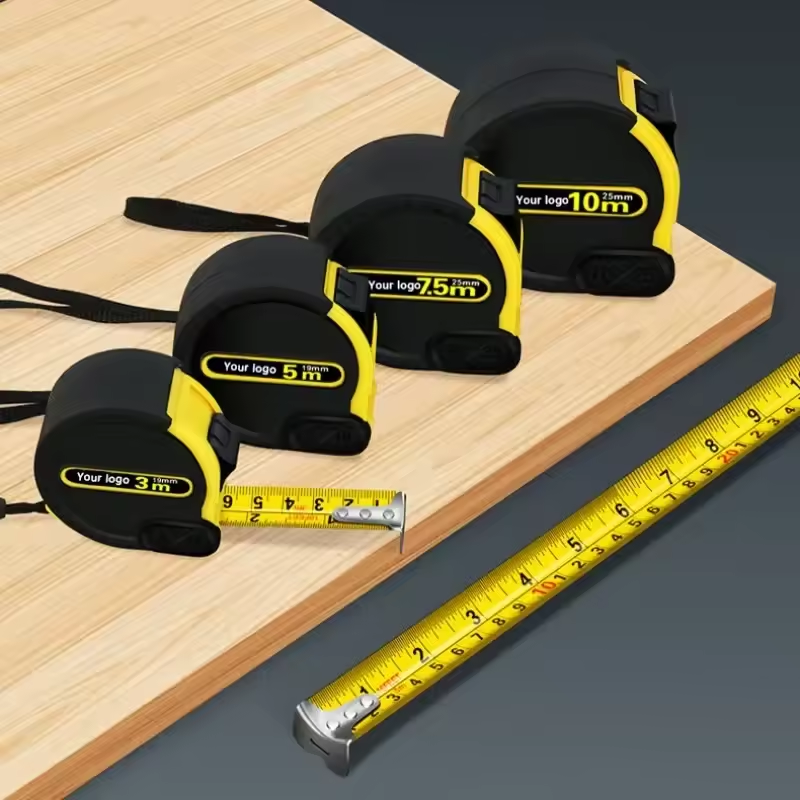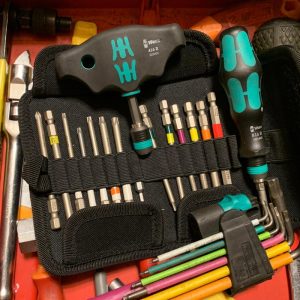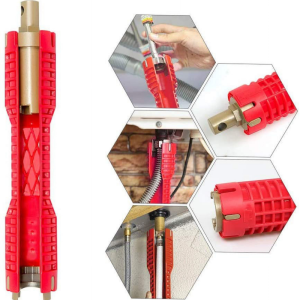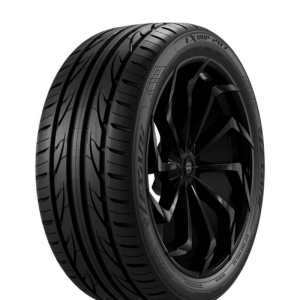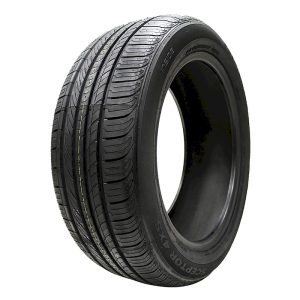
How long do new motorcycle tires last? The lifespan of a motorcycle tire is influenced by various factors, including tire type, riding conditions, rider habits, and maintenance. While it’s impossible to provide a definitive answer, this guide will help you understand the factors that affect tire life and provide tips for maximizing their longevity.
Factors Affecting Motorcycle Tire Lifespan
- Tire Type: Different types of tires are designed for specific riding conditions and have varying lifespans. Sport bike tires, for example, tend to wear out faster than touring tires due to their softer compound and aggressive tread pattern.
- Riding Conditions: Road conditions, weather, and terrain significantly impact tire wear. Riding on rough roads, in wet conditions, or on abrasive surfaces can accelerate tire degradation.
- Rider Habits: Aggressive riding styles, excessive braking, and accelerating can contribute to premature tire wear. Maintaining consistent tire pressure is also crucial for optimal lifespan.
- Tire Maintenance: Proper tire maintenance, including regular inspections for wear and damage, can extend tire life.
How to Check Motorcycle Tire Wear
To determine if your motorcycle tires need replacement, inspect them regularly for signs of wear:

- Tread Depth: The minimum legal tread depth varies by jurisdiction, but it’s generally recommended to replace tires when the tread depth reaches 2/32 of an inch.
- Uneven Wear: Look for uneven wear patterns, such as cupping or feathering, which can indicate alignment issues or other problems.
- Cracks and Damage: Inspect the tires for cracks, cuts, or other damage that could compromise their integrity.
Tire Age and Replacement
Even if your tires have sufficient tread depth, they can degrade over time due to exposure to sunlight, ozone, and other environmental factors. Most manufacturers recommend replacing motorcycle tires after five years, regardless of their condition.
To determine the age of your tires, look for the DOT code on the sidewall. The last four digits indicate the manufacturing date (week and year). For example, “3219” means the tire was manufactured in the 32nd week of 2019.
Tips for Extending Tire Life
- Maintain Proper Tire Pressure: Regularly check and adjust tire pressure to the manufacturer’s recommendations.
- Avoid Overloading: Carrying excessive weight can accelerate tire wear.
- Smooth Riding: Avoid aggressive riding habits, such as hard braking and accelerating.
- Regular Inspections: Inspect your tires for signs of wear and damage regularly.
- Proper Storage: If storing your motorcycle for an extended period, store it on tire stands to prevent flat spots.
The Importance of Tire Maintenance
Proper motorcycle tire maintenance is crucial for ensuring optimal performance, safety, and extending the life of your tires. Neglecting tire care can lead to premature wear, reduced traction, and increased risk of accidents.
Checking Tire Pressure
One of the most critical aspects of tire maintenance is checking and maintaining proper tire pressure.
- Check Regularly: Check tire pressure at least once a month, or before long rides.
- Use a Gauge: An accurate tire pressure gauge is essential for precise measurements.
- Cold Tire Pressure: Check tire pressure when the tires are cold (not ridden for at least three hours).
- Follow Manufacturer Recommendations: Refer to your motorcycle’s owner’s manual for the recommended tire pressure.
- Overinflation and Underinflation: Both can negatively impact tire performance and lifespan. Overinflation reduces the tire’s contact patch with the road, while underinflation increases the risk of punctures and uneven wear.
Inspecting Your Tires
Regular tire inspections are essential for identifying potential issues early on.
- Check Tread Depth: Use a tread depth gauge to measure the remaining tread. Replace tires when the tread depth reaches the legal limit (typically 2/32 of an inch).
- Look for Wear Patterns: Uneven wear, such as cupping or feathering, can indicate alignment problems or other issues.
- Inspect for Damage: Check for cuts, punctures, bulges, or cracks in the tire. Any signs of damage should be evaluated by a professional.
- Balance and Alignment: Regular wheel balancing and alignment checks can help prevent premature tire wear and improve handling.
Tire Storage
Proper tire storage is essential if you’re storing your motorcycle for an extended period.
- Avoid Direct Sunlight: Store tires away from direct sunlight to prevent premature aging.
- Maintain Proper Pressure: Slightly overinflate tires to help maintain their shape during storage.
- Rotate Tires: If possible, rotate tires to prevent flat spots.
The Importance of Motorcycle Tire Pressure
Maintaining the correct tire pressure is crucial for optimal motorcycle performance, safety, and tire longevity. Improper tire pressure can significantly impact handling, braking, fuel efficiency, and tire wear.
Understanding Tire Pressure
Tire pressure is the amount of air within a tire, measured in pounds per square inch (PSI). Motorcycle tires require specific pressure levels to function correctly. Overinflated or underinflated tires can compromise your safety and the overall performance of your motorcycle.
Why Proper Tire Pressure Matters
- Handling: Correct tire pressure ensures optimal grip and stability, improving your motorcycle’s handling and responsiveness.
- Braking: Proper tire pressure enhances braking performance, reducing stopping distances.
- Fuel Efficiency: Maintaining the correct tire pressure can improve fuel economy.
- Tire Life: Consistent tire pressure helps prevent uneven wear and extends the life of your tires.
- Safety: Underinflated tires can lead to blowouts, while overinflated tires can reduce traction and increase the risk of accidents.

How to Check Tire Pressure
- Use a Tire Pressure Gauge: Invest in a quality tire pressure gauge for accurate readings.
- Check Tires When Cold: Always check tire pressure when the tires are cold (not ridden for at least three hours).
- Find the Recommended Pressure: Consult your motorcycle’s owner’s manual for the recommended tire pressure.
- Check Both Tires: Check the pressure in both the front and rear tires.
- Adjust as Needed: If the pressure is too low or too high, adjust it accordingly using a tire pump.
Signs of Improper Tire Pressure
- Uneven Tire Wear: If your tires are wearing unevenly, it could be a sign of improper tire pressure.
- Poor Handling: If your motorcycle feels unstable or sluggish, it may be due to incorrect tire pressure.
- Reduced Fuel Efficiency: If you notice a decrease in fuel economy, check your tire pressure.
Understanding Tire Wear Patterns
Tire wear patterns can provide valuable insights into the overall health of your motorcycle and its suspension system. By recognizing common wear patterns, you can identify potential issues and take corrective action.
Common Tire Wear Patterns
- Cupping: This uneven wear pattern, characterized by small cup-like depressions in the tread, often indicates over-inflation, under-inflation, or suspension problems.
- Feathering: This pattern resembles small feather-like edges on the tread and is usually caused by improper alignment, worn suspension components, or unbalanced wheels.
- Center Wear: Excessive wear in the center of the tire typically indicates overinflation.
- Shoulder Wear: If the shoulders of the tire are wearing faster than the center, it might be due to underinflation or aggressive cornering.

Causes of Abnormal Tire Wear
- Improper Tire Pressure: As discussed earlier, maintaining the correct tire pressure is essential for even wear.
- Suspension Issues: Worn shocks or forks can affect tire wear patterns.
- Wheel Alignment: Improper alignment can cause premature tire wear and affect handling.
- Balance Issues: Unbalanced wheels can lead to vibrations and uneven tire wear.
Preventing Abnormal Tire Wear
- Regular Inspections: Check your tires for wear patterns regularly.
- Maintain Proper Tire Pressure: Ensure your tires are inflated to the recommended pressure.
- Check Suspension: Regularly inspect your motorcycle’s suspension components for wear and damage.
- Wheel Balancing and Alignment: Maintain proper wheel balance and alignment.
- Avoid Aggressive Riding: Excessive acceleration, braking, and cornering can contribute to premature tire wear.
Conclusion
By following these tire maintenance tips, you can significantly extend the life of your motorcycle tires while ensuring optimal performance and safety. Regular inspections, proper tire pressure, and avoiding abusive riding habits are key to maintaining your tires in top condition.
Worn-out tires can compromise your motorcycle’s handling and increase the risk of accidents.
